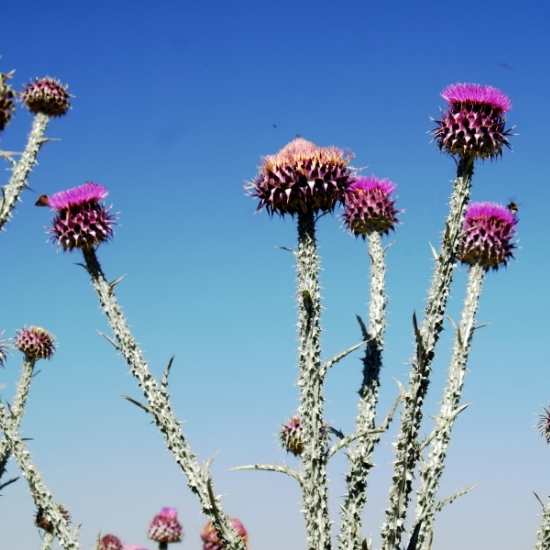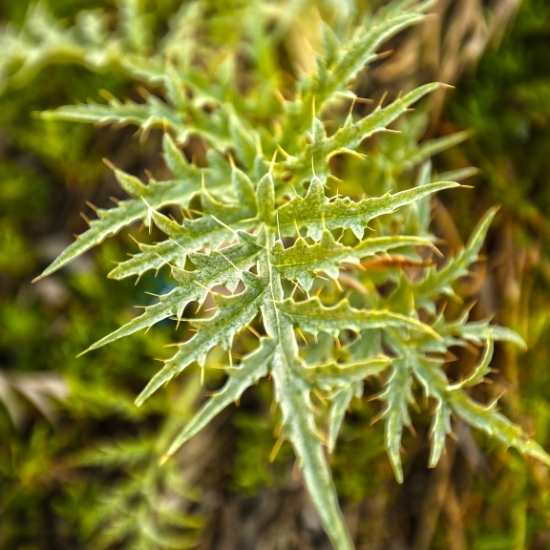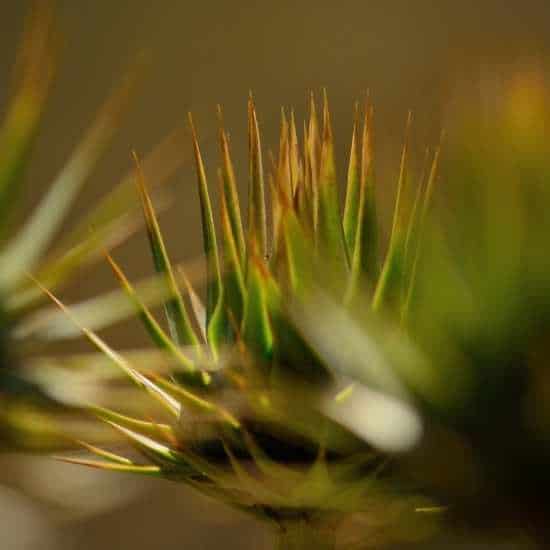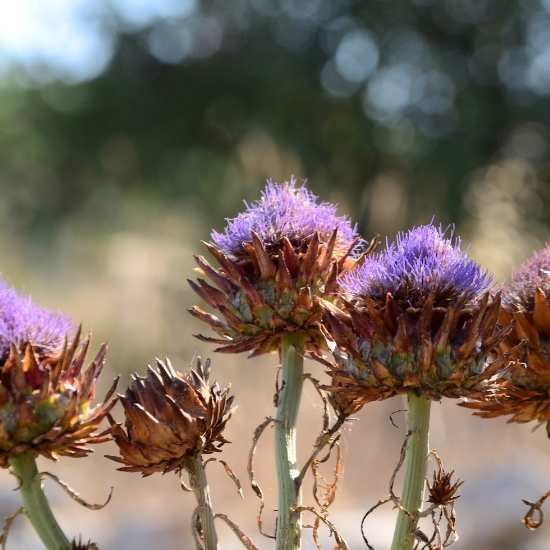Foraging Gozo. Sea Beet.
Sea Beet is found growing wild on Gozo and is a great alternative to chard.
Author of, Weeds For Health On Gozo, Heléna Szöllősy shares everything you need to know about the wild plants that make up Gozo’s unique and diverse flora. Enjoy learning about the healing benefits and many usages of Wild Artichoke which grows on Gozo between March and June.


Botanical Name: Cynara cardunculus - L. Synonyms: Carduus cardunculus, Carduus cynara, Carduus scolymus, Cnicus communis, Cynara communis, Cynara corsica, Cynara esculenta Family Name: Asteraceae or Compositae Maltese Name: Qaqoċċ tax-xewk Common Names: Cardoon, Artichoke thistle, Cardone, Cardoni, Carduni, Cardi Meaning of the Name: Cynara, from Greek kynara or kinara, kynaros akantha, a spiny plant; or Latin cinara, for a kind of artichoke and for a native of the island of Cinara, in the Aegean Sea, now Zinara, cardunculus, from Latin means ‘resembling a small thistle’
Artichoke plants bear large leaves placed alternately on the stems and seldom have barbs. The upper surface of the barbs is usually grey-green in colour, while they are white and woolly underneath.
On Gozo the plant blossoms from March to June and bears flowers that are large and bulbous. The globular flower heads have thorny scales that are purple, green in colour and also purple flowers bearing resemblance to the thistles. The wild cardoon is a stout herbaceous perennial plant growing 80 to 150 cm tall, with deeply lobed and heavily spined green to grey-green tomentose (hairy or downy) leaves up to 50 cm long, with yellow spines up to 3.5 cm long. The flowers are violet-purple, produced in a large, globose massively spined capitulum up to 6 cm in diameter.


None Known.


Want to learn what else you can forage on Gozo? Click here.
Author : Heléna Szöllősy. Editor: GITH

Helena is an expert on the medicinal properties of plants having trained in Herbal Medicine and Naturopathy, specialising in Phytotherapy including Homeopathy, Aromatherapy, Apitherapy and Bach Flower Therapy.
Information on the traditional uses and properties of herbs are provided in this book for educational purposes only and is not intended as medical advice. This information is not intended to be used to diagnose, prescribe or replace professional medical care. If you have any serious health concerns, you should always check with your health care practitioner before self-administering herbs. Please also undertake your own research when foraging. Some wild plants are endangered and are protected by law.
Sea Beet is found growing wild on Gozo and is a great alternative to chard.
Did you know Wild Asparagus Is really good for your skin? You can find it on Gozo all year round.
Wild Artichokes Are found growing wild on Gozo and super healthy for the liver.
Small White Clover, found growing wild on Gozo and known to be lucky makes a great pudding!